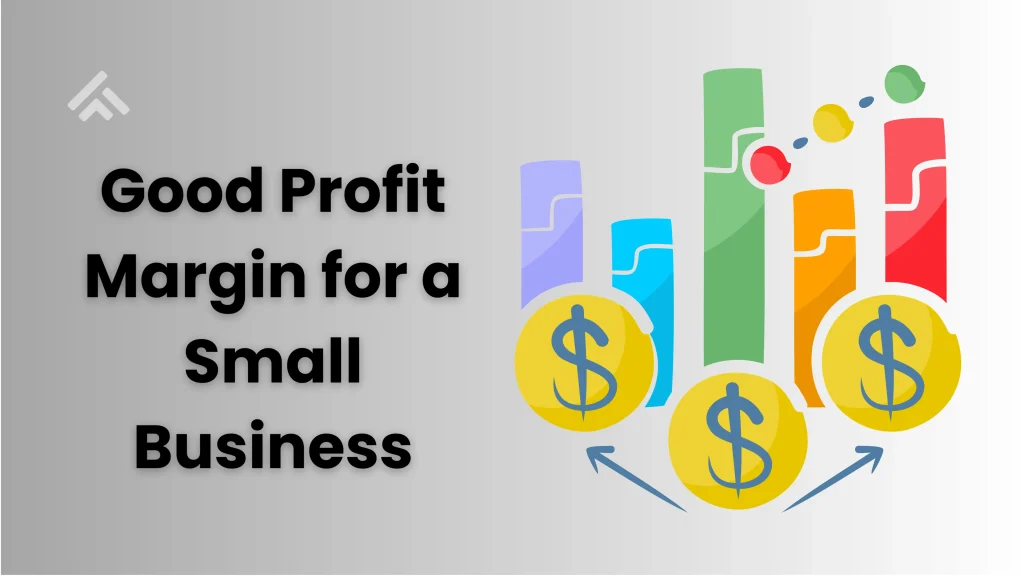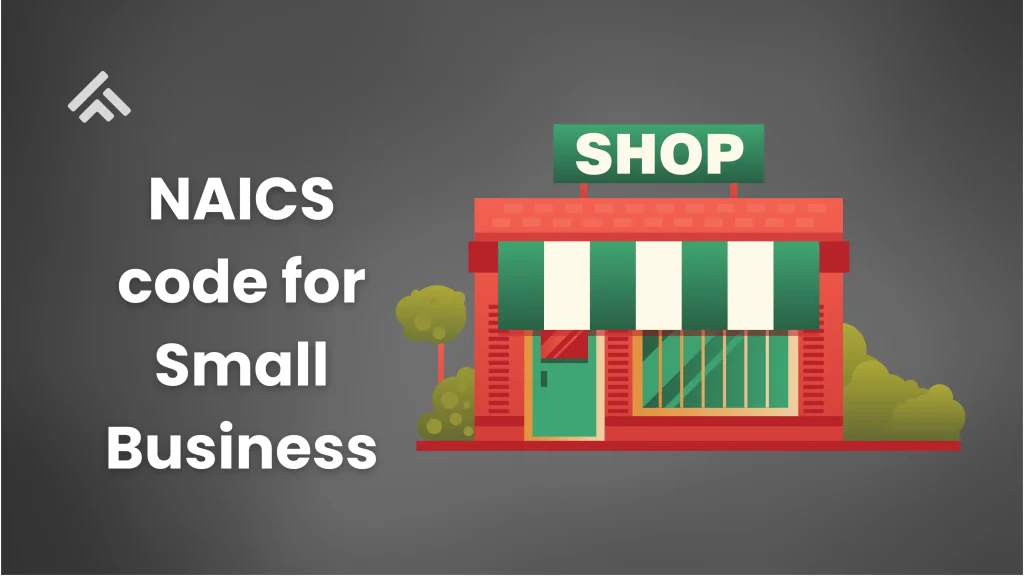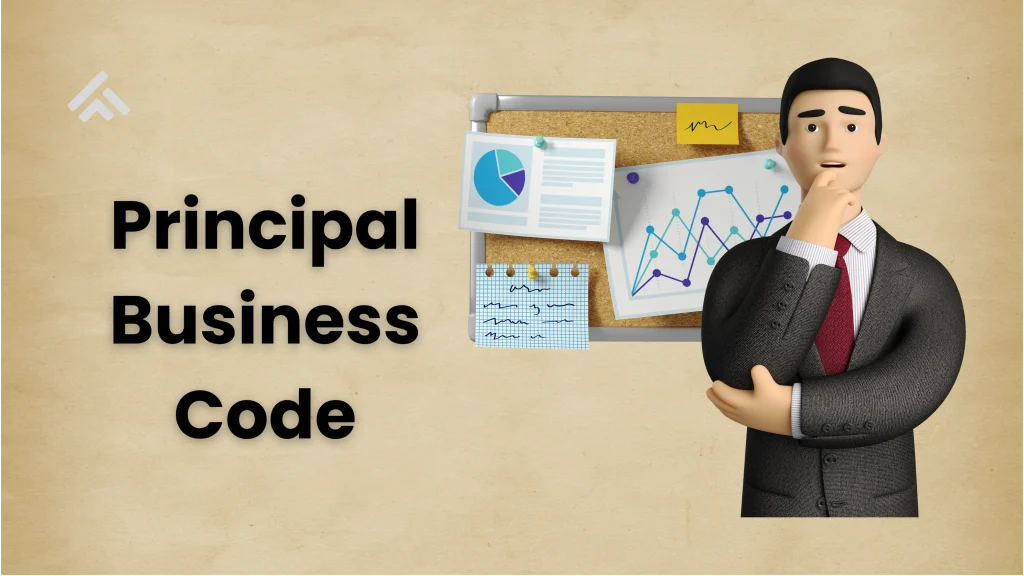Profit margin shows how much money your business keeps after paying costs. It helps you see if your business is making enough money. A higher profit margin means you are earning well from your sales. A low margin means you may be spending too much or not charging enough. It also helps you spot problems early. By watching your margin, you can make better decisions.
Small businesses often work with tight budgets. Profit margin helps them stay on track. It shows if the business is growing or struggling. You can use it to plan for future costs and savings. It also helps when you apply for loans or investors. They check if your business is profitable.
Table of Contents
Types of Profit Margins
Gross Profit Margin
Gross profit margin shows how much money is left after subtracting the cost of making or buying your products. It tells if your product pricing is enough to cover basic production or purchase costs. This margin does not include rent, salaries, or other operating expenses. A higher gross margin means you’re earning more from each sale, which helps in growing your business faster. It’s useful for checking if you need to raise prices or cut production costs.
Operating Profit Margin
Operating profit margin shows the profit left after paying for day-to-day business activities. This includes expenses like rent, wages, bills, and office supplies. It shows how well you manage your regular business spending. It does not include taxes or loan interest. A good operating margin means your business can handle regular expenses and still make money. It helps you measure your company’s efficiency. You can achieve great margins by choosing from low-cost business ideas with high profit.
Net Profit Margin
Net profit margin shows the final profit after subtracting all business costs. This includes product costs, daily expenses, taxes, and interest. It tells you exactly how much money your business keeps from sales. This is the most complete measure of business success. A strong net margin means your business is healthy and can grow or invest more. It’s important for checking long-term success and attracting investors or support.
What Is Considered a Good Profit Margin
A good profit margin shows your business is making enough money after covering all costs. For most small businesses, a net profit margin of 5% to 10% is considered reasonable. If your margin is above 10%, that’s a strong sign your business is doing well. Anything under 5% could mean you’re spending too much or not charging enough for your services or products.
Different industries have different standards. For example, businesses in software, legal services, or consulting often see profit margins above 20%. On the other hand, retail, food, or construction businesses usually operate on lower margins, around 2% to 8%. That’s why you should always compare your margin with businesses in the same field.
Profit margin is not just about numbers, it helps you measure growth and financial health. A stable or increasing margin shows your business is improving. If your margin is shrinking, it’s a sign to check your prices, costs, or operations.
Factors That Affect Profit Margins
- Pricing Strategy: How you price your products or services directly affects your profit margin. If your prices are too low, you may not cover your costs. If they’re too high, you may lose customers. You need to find a balance where your prices bring in enough income without pushing people away. Smart pricing can boost your profit without increasing costs.
- Operating Costs: Expenses like rent, wages, electricity, and supplies can eat into your profits. High operating costs lower your margin, even if your sales are good. Keeping these costs in control helps your business stay profitable. Always look for ways to reduce waste and improve efficiency.
- Competition: Tough competition can force you to lower prices. When many businesses offer similar products, customers often go for the cheapest option. This can hurt your margins. To stay ahead, offer better quality or customer service that makes your product worth the price.
- Supply Chain and Inventory: If your suppliers charge more or deliver late, your costs go up. Poor inventory management also leads to losses from unsold stock or spoilage. A smooth supply chain and good inventory control keep your costs low and profits steady.
- Economic Conditions: Inflation, market demand, and changes in customer spending can all impact profit margins. In tough times, people may buy less or choose cheaper options. Keeping your business flexible and prepared helps you handle these changes without hurting your profits too much.
How to Calculate Profit Margin
Gross Profit Margin
To calculate gross profit margin, subtract the cost of goods sold (COGS) from total revenue. Then divide that number by total revenue. Multiply the result by 100 to get the percentage.
Formula:
(Revenue – COGS) ÷ Revenue × 100
This tells you how much money is left after covering the basic cost of products. A higher percentage means more profit from your sales.
Operating Profit Margin
Start with your operating income (revenue minus operating expenses). Divide that by total revenue, then multiply by 100.
Formula:
Operating Income ÷ Revenue × 100
This margin shows how well your business handles its daily expenses like rent, salaries, and utilities.
Net Profit Margin
Take your net profit (total revenue minus all expenses, taxes, and interest). Divide it by total revenue and multiply by 100.
Formula:
Net Profit ÷ Revenue × 100
This final margin shows how much money your business keeps after all costs are paid.
Example Calculation
If your total revenue is $10,000 and your net profit is $1,000, your net profit margin is:
(1,000 ÷ 10,000) × 100 = 10%
This means you keep 10 cents from every dollar you earn.
FAQs
Q1. How often should I review my profit margin?
You should review your profit margin monthly or quarterly. Regular checks help you catch financial issues early. It also allows you to track improvements and adjust strategies if needed.
Q2. Can seasonal businesses have changing profit margins?
Yes, seasonal businesses often see profit margins go up or down depending on the time of year. Tracking profits in busy and slow seasons helps with better planning and budgeting.
Q3. Do online businesses have better profit margins?
Online businesses may have fewer overhead costs, like rent or staff, which can lead to higher margins. But it depends on factors like marketing expenses, product returns, or shipping fees.
Q4. Should I use software to track profit margins?
Yes, using accounting software can make it easier to track and calculate profit margins. It helps you avoid manual errors and gives quick insights into your finances.
Q5. Can profit margin help with setting business goals?
Absolutely. Profit margins help you set clear goals for revenue, pricing, and cost control. They also show if your business is growing in the right direction financially.
Conclusion
A good profit margin helps you understand if your small business is earning well. It shows how much money you keep after paying all costs. Even a 5% to 10% margin can be good for many small businesses.
Keep track of your profit margins often. Compare them with others in your industry. If the numbers drop, review your pricing or costs. A steady or growing margin means your business is moving in the right direction. Focus on smart spending and pricing to improve profits over time.



